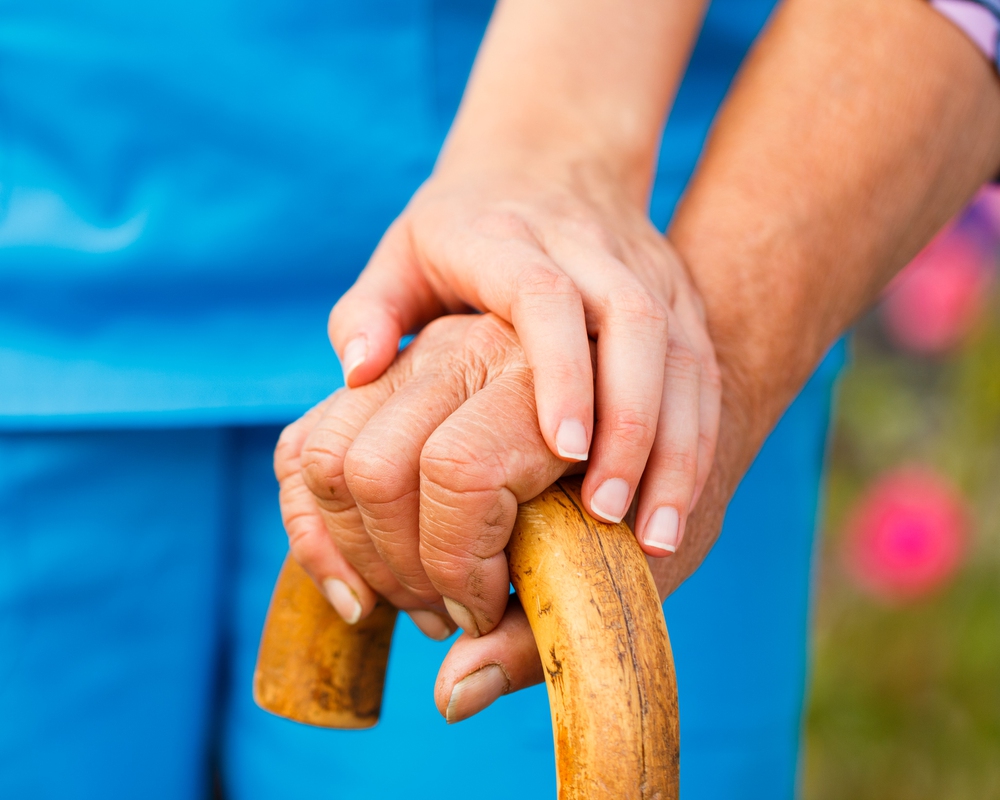
The Importance of Respite Care for Caregiver
September 6, 2024
Social Interactions: It’s Importance for Seniors
November 9, 2024Parkinson’s Disease (PD) is a progressive neurological disorder that affects movement and coordination. It is caused by the degeneration of dopamine-producing neurons in a region of the brain called the substantia nigra. Understanding the basics of Parkinson’s Disease is crucial for early recognition, appropriate management, and support for those diagnosed.
What Causes Parkinson’s Disease?
While the exact cause of Parkinson’s Disease remains uncertain, several risk factors have been identified:
- Genetics: Certain genetic mutations have been linked to Parkinson’s but are relatively rare.
- Environmental Factors: Prolonged exposure to pesticides, toxins, and other chemicals may increase the risk.
- Age: The risk of developing Parkinson’s increases with age, typically affecting individuals over the age of 60.
Key Symptoms of Parkinson’s Disease

Parkinson’s Disease manifests in various ways, and symptoms can differ from person to person. The primary symptoms include:
- Tremors: Typically present at rest, these are involuntary shaking movements commonly seen in the hands and fingers.
- Bradykinesia: This refers to slow movement, making everyday tasks challenging.
- Rigidity: Muscle stiffness can lead to discomfort and limit the range of motion.
- Postural Instability: Balance issues can increase the risk of falls.
Other non-motor symptoms may include depression, sleep disturbances, and cognitive changes.
Diagnosis and Treatment
Diagnosing Parkinson’s Disease usually involves a thorough medical history, physical examination, and sometimes neurological tests. There is currently no definitive test for Parkinson’s, making early diagnosis composite of multiple assessments critical.
Treatment typically focuses on managing symptoms and improving quality of life. This can involve:
- Medications: Levodopa is one of the most common medications, helping replenish dopamine levels in the brain. Other drugs may also assist with symptom management.
- Physical Therapy: Engaging in physical therapy can improve mobility and balance.
- Surgical Options: In some cases, deep brain stimulation may be considered for patients with severe symptoms.
Living with Parkinson’s Disease
Living with Parkinson’s is a journey that often requires adjustments over time. Support is essential, not only for the individuals diagnosed but also for their families and caregivers. It’s crucial to seek out community resources and organizations that offer guidance and support.
Final Thought
Understanding the basics of Parkinson’s Disease is the first step towards effective management. It is important to advocate for yourself or your loved ones, stay informed about new treatments, and connect with supportive communities. Awareness and education can empower individuals to lead fulfilling lives despite the challenges posed by Parkinson’s Disease.
If you or a loved one is navigating life with Parkinson’s Disease, consider exploring the resources available at Maplewood Sauk Prairie. Maplewood Sauk Prairie provides valuable information and assistance for both patients and caregivers.
References:
https://www.dukehealth.org


